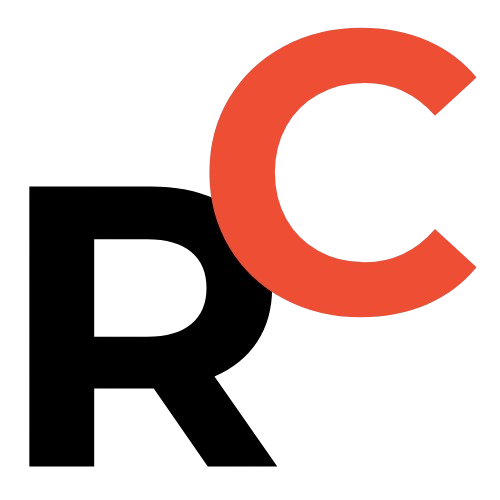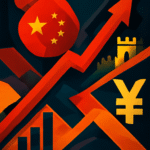Key Points
- China’s Customs General Administration officially lifted its ban on Japanese aquatic product imports on June 30, 2025, following “continuous long-term international monitoring” with no abnormalities detected in Fukushima nuclear-contaminated water discharge.
- Despite the lifted ban, imports of all aquatic products are still strictly prohibited from 10 specific Japanese prefectures, including Fukushima (Fúshīma 福岛县) and Tokyo (Dōngjīng 东京都).
- Japanese manufacturers and aquaculture farms must re-register in China, and only products made after successful new registration can be exported.
- Exporters require a health certificate, a radioactive material inspection certificate, and a certificate of origin for import declaration.
- China will implement strict supervision, with immediate control measures if non-compliance with food safety standards or laws is found.
China’s conditional resumption of Japanese aquatic product imports is official, marking a huge shift in trade policy following a previous full-scale ban.
On June 30, 2025, China’s Customs General Administration dropped the bombshell announcement, reopening one of the world’s largest consumer markets to Japanese seafood.
But it’s not a free-for-all.
This move is packed with conditions, strict requirements, and a “no-go” list of prefectures.
Let’s break down what this actually means for businesses, exporters, and the market.

China’s conditional resumption of Japanese aquatic product imports is official, marking a huge shift in trade policy following a previous full-scale ban.
On June 30, 2025, China’s Customs General Administration dropped the bombshell announcement, reopening one of the world’s largest consumer markets to Japanese seafood.
But it’s not a free-for-all.
This move is packed with conditions, strict requirements, and a “no-go” list of prefectures.
Let’s break down what this actually means for businesses, exporters, and the market.
So, Why the Sudden Change of Heart?
The decision wasn’t made on a whim.
It comes after a long period of what China calls “continuous long-term international monitoring and independent sampling” of the Fukushima nuclear-contaminated water discharge.
The key takeaway? No abnormalities were detected.
Add to that a pledge from the Japanese government to guarantee the quality and safety of its seafood exports, and Beijing had enough to move forward.
This decision is grounded in China’s own food safety laws and the World Trade Organization’s (WTO) Agreement on the Application of Sanitary and Phytosanitary Measures (SPS), aiming to protect consumer rights while reopening trade.

Resume Captain
Your AI Career Toolkit:
- AI Resume Optimization
- Custom Cover Letters
- LinkedIn Profile Boost
- Interview Question Prep
- Salary Negotiation Agent

The Red Zones: 10 Prefectures Still on the No-Go List for Imports
This is the most critical detail for anyone in the import/export game.
While the gate is open for most of Japan, imports of all aquatic products (including edible aquatic animals) are still strictly prohibited from the following 10 prefectures:
- Fukushima (Fúshīma 福岛县)
- Gunma (Qúnmǎ ぐんま)
- Tochigi (Lìhù 栃木县)
- Ibaraki (Cítǐng 茨城县)
- Miyagi (Gōngchéng 宫城县)
- Niigata (Xīnxī 新潟县)
- Nagano (Chángyě 长野县)
- Saitama (Qíyù 埼玉县)
- Tokyo (Dōngjīng 东京都)
- Chiba (Qiānyè 千叶县)
If your supply chain touches any of these regions, you’re still locked out of the Chinese market for now.

Getting Back in the Game: A Checklist for Japanese Exporters
For everyone else, it’s time to get your paperwork in order.
You can’t just flip a switch and start shipping again. China has laid out a clear, multi-step process.
1. Re-Registration is Mandatory
Any Japanese aquatic product manufacturer whose import eligibility was previously suspended must reapply for registration in China.
Only products made after successfully obtaining this new registration can be exported.
2. Special Rules for Live Seafood
If you’re dealing in edible aquatic animals, there’s an extra layer.
Both the aquaculture farms and the packaging facilities must also reapply for and complete their registration in China before any trade can begin.
3. The Essential Paper Trail
When your shipment arrives at Chinese customs, you’ll need to have three key documents ready for the import declaration:
- A health certificate issued by the official Japanese authority.
- A qualified radioactive material inspection certificate.
- A certificate of origin.
No documents, no entry. It’s that simple.
- Health certificate issued by official Japanese authority
- Qualified radioactive material inspection certificate
- Certificate of origin

Find Top Talent on China's Leading Networks
- Post Across China's Job Sites from $299 / role, or
- Hire Our Recruiting Pros from $799 / role
- Qualified Candidate Bundles
- Lower Hiring Costs by 80%+
- Expert Team Since 2014
Your First Job Post

China’s Watchful Eye: Expect Strict Supervision
Don’t think this reopening means a rubber-stamp process at the border.
The Customs General Administration has been crystal clear: it will implement strict supervision over all Japanese aquatic products entering China.
What happens if a product is found to be non-compliant with Chinese food safety standards or laws?
Or if Japanese authorities fail to keep up their end of the supervisory bargain?
China will “promptly” implement control measures to shut things down again.
The priority remains protecting the health and safety of Chinese consumers.
This move officially repeals the previous ban, detailed in Customs General Administration Announcement No. 103 of 2023.
For investors and businesses, this is a cautious but significant step toward normalizing a major trade relationship.
The key is navigating the new rules carefully, because while the market is open, the oversight is tighter than ever.
This conditional resumption of Japanese aquatic product imports is a developing story with major implications for the global seafood market.

ExpatInvest China
Grow Your RMB in China:
- Invest Your RMB Locally
- Buy & Sell Online in CN¥
- No Lock-In Periods
- English Service & Data
- Start with Only ¥1,000





![Chinese Giants Go All-In: "Battery King" CATL Leads Massive Wave of Share Buybacks Signaling Strong Confidence [FreshFromChina]](https://freshfromchina.com/wp-content/uploads/2025/05/Chinese_Giants_Go_All-In___Battery_King__CATL_Leads_Massive_Wave_of_Share_Buybacks_Signaling_Strong_Confidence____FreshFromChina-150x150.png)
